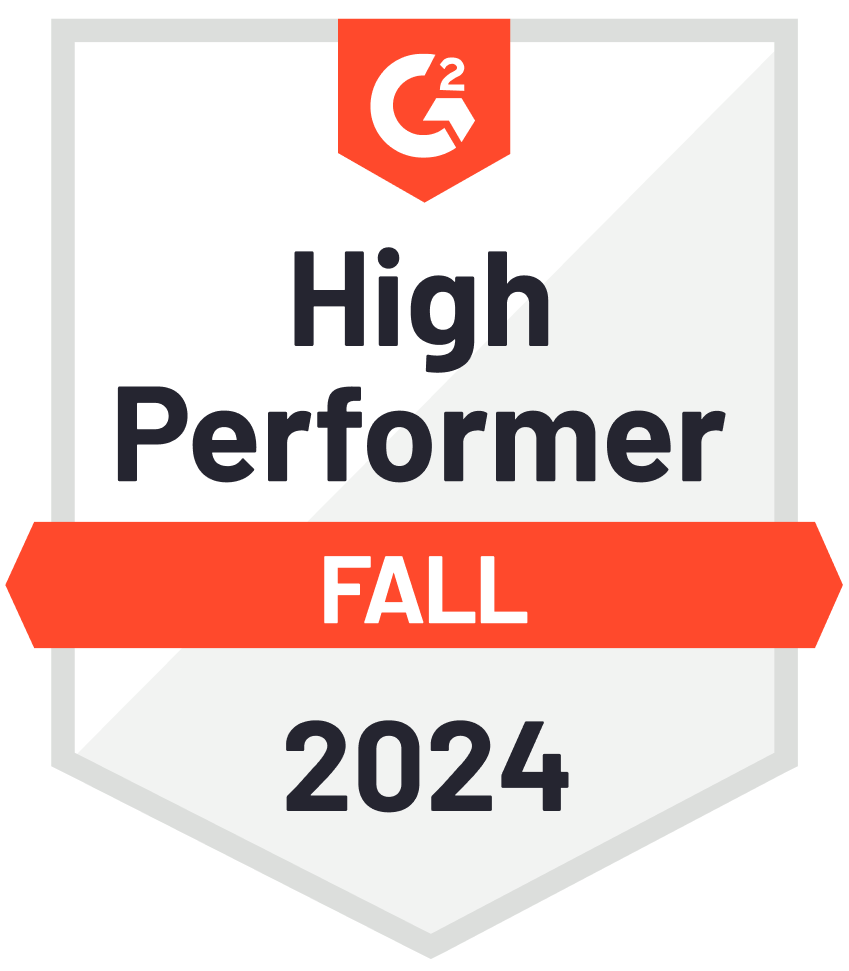Frequently Asked about Statisticians
What industries typically hire Statisticians, and why is their role crucial?
Statisticians are in high demand across various industries such as healthcare, finance, government, education, manufacturing, sports, and market research. In healthcare, they help design clinical trials, analyze patient data, and improve healthcare outcomes. In finance, they evaluate risks, model investment strategies, and forecast economic trends. Government agencies use statisticians for policy analysis, census data interpretation, and public health monitoring. Statisticians play a critical role in improving decision-making, driving efficiency, reducing costs, and mitigating risks by providing data-driven insights.
What kind of experience should employers look for when hiring a Statistician?
When hiring a Statistician, employers should look for candidates with experience in data collection, data analysis, and the use of statistical software such as R, Python, or SAS. Practical experience in designing experiments, creating statistical models, and handling large data sets is crucial. Employers should also value experience in a specific industry or application, such as biostatistics, econometrics, or business analytics, depending on the company’s needs. Additionally, experience in communicating findings to non-technical stakeholders and making recommendations based on data insights is highly valuable.
How can a Statistician add value to an organization’s decision-making process?
Statisticians add value to an organization’s decision-making process by transforming raw data into actionable insights. They identify patterns, trends, and relationships within the data that can inform business strategies and improve operational efficiency. By designing experiments, running simulations, and applying predictive models, statisticians help organizations understand potential risks and opportunities, enabling them to make informed, data-driven decisions. Their expertise in interpreting data ensures that business leaders have a clear and accurate understanding of the data, which minimizes guesswork and enhances decision-making accuracy.
How important is it for a Statistician to have strong communication skills?
Strong communication skills are essential for a Statistician because their role often involves explaining complex statistical concepts and data insights to non-technical stakeholders. Employers need statisticians who can distill technical jargon into clear, understandable language so that decision-makers can act on the information. Whether they are preparing reports, giving presentations, or collaborating with teams, effective communication ensures that the data’s significance is understood, leading to better organizational decisions. Without this ability, the value of the data insights may be lost, hindering the decision-making process.







